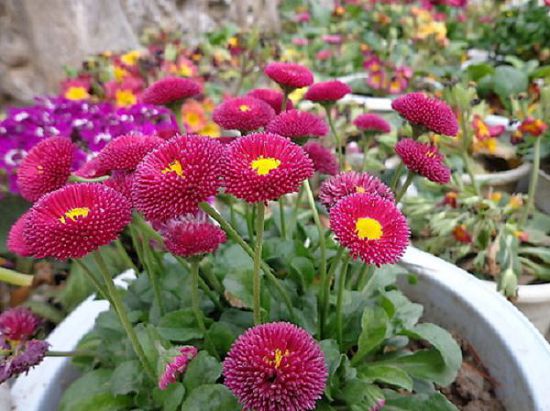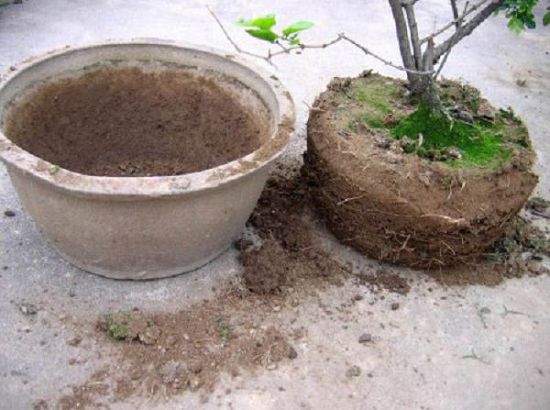Key points of maintenance and management of potted flowers and plants in rainy season

First, prevention of stagnant water: if the water in the basin is not eliminated in time, the water in the basin soil will form a saturated state, resulting in insufficient air and serious hypoxia, which is extremely disadvantageous to the root growth of flowers, especially some varieties that are afraid of waterlogging, such as cactus, Dahlia, Magnolia, orchid, asparagus, sweet-scented osmanthus, chrysanthemum and so on, which can easily cause plant wilting, leaf yellowing or root rot. In severe cases, the whole plant will die.
Second, rain: some flowers, such as begonia, hanging golden bell, cyclamen, geranium, lily, etc., enter dormancy or semi-dormant state in summer, the basin soil should not be too wet, if drenched by rain, it is very easy to cause root or corm rot, causing fallen leaves. After the orchid was exposed to rain, Rain Water brought bacteria and dust to the center of the leaf, which was easy to form a focus under the condition of high temperature and poor ventilation, and the leaf began to rot from the base. Some cactus with sunken tops or fluffy and long hairs can easily cause stems and leaves to rot after rain. Therefore, when it rains, put the plant in a shelter.
Third, lodging prevention: some tall plants or varieties with hollow and crisp stems, such as dahlias, chrysanthemums, gladiolus, oleander, etc., are easy to lodge and break in the event of a storm, and brackets should be set up in advance to tie and fix the branches or flower branches.
Fourth, anti-nest wind: rain plum has high temperature and high air humidity, if poor ventilation, the plant is extremely vulnerable to diseases and insect pests, but also easy to lead to delayed flowering, affecting pollination results. Therefore, in case of continuous rain and excessive air humidity, it is necessary to strengthen ventilation; appropriately expand the distance of pot plants, prune some flowers, and remove over-dense branches, parallel branches, cross branches, drooping branches and overlapping branches, so as to facilitate the ventilation and light transmission of pot plants.
Fifth, anti-damp heat: potted flowers and trees in hot weather in case of a storm, it is best to water with clear water after sunny, in order to adjust the surface soil and air temperature, reduce the adverse effects of hot and humid on the plant.
Sixth, anti-apprentice growth: excessive air humidity in the rainy season, often make flowers grow branches and leaves, weak growth, poor flowering. Therefore, the number of watering times and the amount of water should be controlled to make the branches strong, blossom and avoid overgrowth.
Seventh, pest control: wet and hot climate in the rainy season, red spiders do serious damage in insect pests, can be sprayed 800 times dicofol or 200 times acarate, or 15% aldicarb can be buried (1 gram in a 20 cm diameter flowerpot). Powdery mildew and black spot are typical of the diseases, which can be controlled by spraying 700-1000 times carbendazim and trimethoprim diluent.
Related
- What if the leaves of potted flowers turn yellow?
- Florescence Control of several Flowers
- Anti-freezing technology and post-freezing nursing technology of flowers
- What is the classification of flowers? What are the common methods of flower classification?
- Prevention and control of alkali and acid damage of flowers in courtyard
- Technology of Anti-freezing and restoring growth of Flower seedlings in greenhouse and greenhouse
- How does flower fertilization not hurt the root? Fertilization technology of flowers
- Key points of disinfection in flower greenhouse
- Several pesticides that are banned or used cautiously in flowers
- How to fertilize the flowers that watch the leaves?



